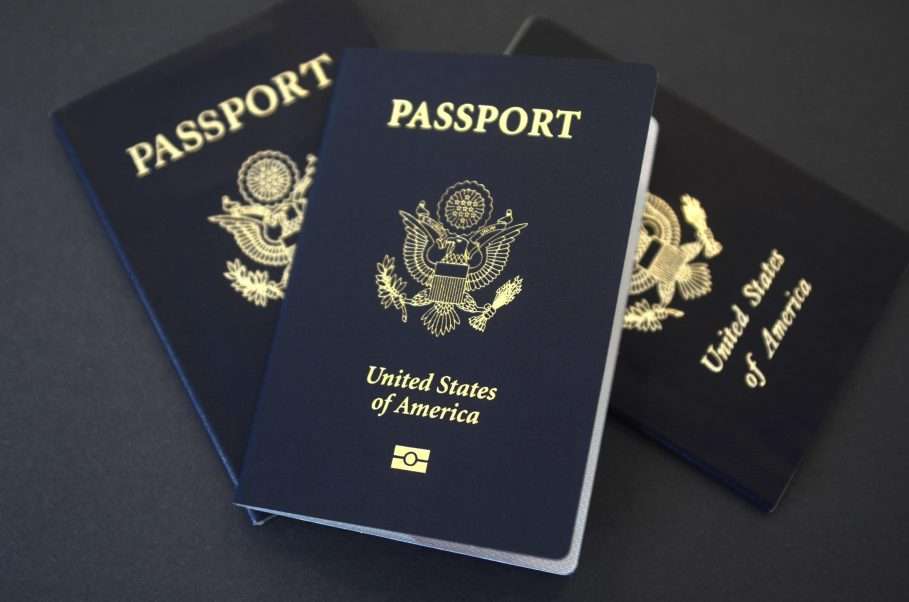Visa-free travel throughout most of Europe is about to change for Americans. Americans will need a visa to visit Europe starting in 2024.
In a fair reciprocation of the US ESTA system implemented in 2009, which required travelers from European Union countries to apply for a visa to visit the United States, the European Union is implementing a new system that will require Americans to apply for a visa when visiting Europe from 2024.
US travelers will need to fill out a visa application before visiting any of the EU countries, and the European Union plans to roll out the new travel document requirements through its European Travel Information and Authorization System (ETIAS).
The Application Process for the ETIAS
The European Travel Information and Authorization System is a straightforward online application process with approval delivered by email. Travelers will fill out an online form with basic biographical information, travel plans, travel history, and security questions.
While most applicants will receive approval within an hour, some may wait up to 96 hours for further security checks. The currently proposed fee for the ETIAS online application is $8 per traveler.
Upon approval, the travel authorization will be valid for multiple entries over 3 years or until the traveler’s US passport expires.
Why is the European Union Implementing the ETIAS?
The implementation aims to enhance border security and digital screening of American visitors going into European Union countries. The main goal of the European Travel Information and Authorization System is to tighten border security and digitally screen/track travelers entering and leaving the countries.
This will also serve as an additional way to earn money from American travelers visiting any of the European Union Countries.
Will All European Union Countries Require the ETIAS?
The ETIAS, European Travel Information and Authorization System, will be required for travel to all 27 member countries, including full Schengen members: Austria, Belgium, Czech Republic, Croatia, Denmark, Estonia, Finland, France, Germany, Greece, Hungary, Iceland, Italy, Latvia, Liechtenstein, Lithuania, Luxembourg, Malta, Netherlands, Norway, Poland, Portugal, Slovakia, Slovenia, Spain, Sweden, and Switzerland.
Notes for Americans Planning to Visit European Union Countries in 2024
United States passport holders were allowed to stay up to 90 days within a 180-day period without a visa, and this timeline will remain unchanged once the ETIAS is in place. For stays longer than 90 days, a special visa will be required.
With the US ESTA, many European travelers experienced visa denials for traveling to countries like Cuba, Iran, Iraq, Syria, Sudan, Yemen, Libya, and Somalia, so it will come as no surprise if American travelers experience visa denial for visiting certain countries too.
The rollout date for the ETIAS is yet to be communicated, but make sure to keep an eye on this before your future impromptu trip to any of the countries part of the European Union.





